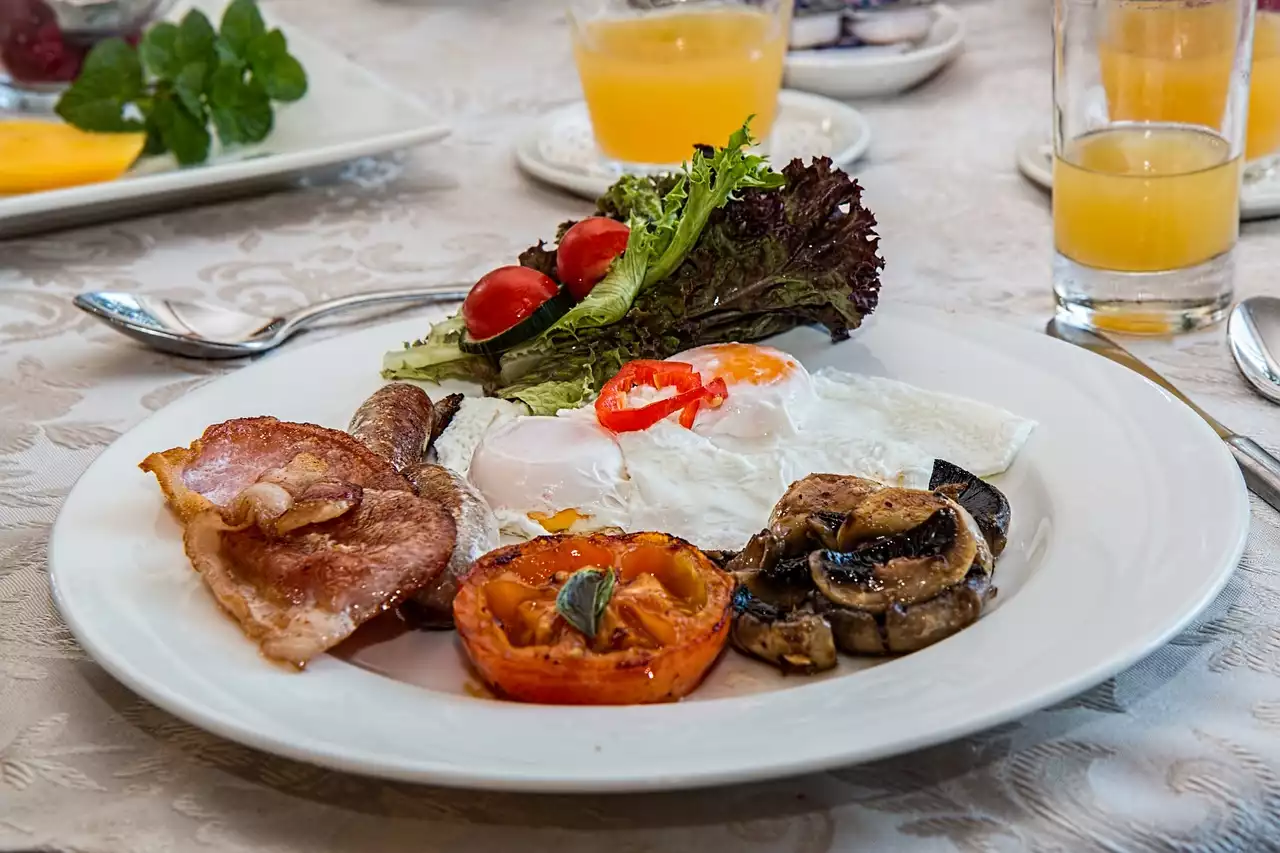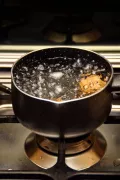Poaching is a cooking technique that involves gently simmering food in a liquid. This method is often used for delicate foods, such as fish or eggs, but it can also be used for meat or vegetables. Poaching is a versatile and healthy cooking technique, and in this article, we will explore the science behind it, including how it works and what happens to the ingredients during the cooking process.
The Science of Poaching
Poaching is a gentle cooking method that involves cooking food in a liquid that is just below the boiling point. The liquid can be water, broth, milk, or wine, and it is typically seasoned with herbs and spices to add flavor to the food being cooked.
One of the key principles of poaching is to maintain a consistent temperature. If the temperature is too high, the food will cook too quickly and may become tough. If the temperature is too low, the food may not cook evenly.
The ideal temperature for poaching is around 160-180°F (71-82°C), depending on the food being cooked. At this temperature, the food will cook gently and evenly, without becoming tough or dry.
The liquid used for poaching can also affect the cooking process. If the liquid is too acidic, it can cause the food to become tough. If the liquid is too salty, it can cause the food to become dry. It is important to choose a liquid that complements the food being cooked and enhances its natural flavors.
The Benefits of Poaching
There are many benefits to poaching food. One of the main benefits is that it helps to retain the moisture and flavor of the food being cooked. Because the food is cooked gently, it is less likely to become dry or tough.
Another benefit of poaching is that it can be a healthier cooking method than other techniques, such as frying or roasting. Poaching doesn't require the use of added fats, and it can help to reduce the overall calorie content of a meal.
Poaching can also be used to infuse flavor into the food being cooked. By using herbs, spices, or other seasonings in the poaching liquid, you can add a subtle, but delicious, flavor to the food.
The Chemical Reactions in Poaching
During the poaching process, several chemical reactions occur that affect the flavor, texture, and nutritional content of the food being cooked. One of the key reactions is the denaturation of proteins.
Proteins are made up of long chains of amino acids, and when they are exposed to heat, they denature, or unravel. This causes the proteins to coagulate, or clump together, which results in a firmer texture.
In addition to the denaturation of proteins, poaching can also cause the breakdown of fats and other nutrients in the food. This can result in a richer, more complex flavor.
The poaching liquid can also affect the chemical reactions that occur during cooking. For example, if you use wine or vinegar in the poaching liquid, the acid in the liquid can help to break down the proteins in the food and create a more tender texture.
Poaching Different Types of Food
Poaching can be used to cook a wide variety of foods, including eggs, fish, poultry, and vegetables. However, the technique and timing will vary depending on the type of food being cooked.
Eggs are a popular food to poach, and they are often served for breakfast or brunch. To poach an egg, simply crack it into a small bowl or ramekin, and then gently slide it into the poaching liquid. Cook for 3-5 minutes, or until the whites are set and the yolks are still runny.
Fish is another common food to poach, especially delicate fish such as salmon or halibut. To poach fish, first season the poaching liquid with herbs and spices, and then add the fish to the liquid. Cook for 8-10 minutes, or until the fish is fully cooked and flakes easily with a fork.
Poultry, such as chicken or turkey, can also be poached. This is a great way to cook the meat if you are looking for a low-fat cooking method. To poach poultry, first season the poaching liquid with herbs and spices, and then add the meat to the liquid. Cook for 15-20 minutes, or until the meat is fully cooked and tender.
Vegetables can also be poached, and this is a great way to cook them if you want to preserve their natural flavors and nutrients. To poach vegetables, simply add them to the poaching liquid and cook for 5-10 minutes, or until they are tender.
Getting Started with Poaching
If you are new to poaching, it's easy to get started. Here are some tips to help you get the most out of this versatile cooking technique:
- Choose a high-quality poaching liquid that complements the food being cooked.
- Keep the temperature consistent and avoid boiling the liquid.
- Use a timer to ensure that the food is cooked for the correct amount of time.
- Experiment with different seasonings and flavors to enhance the natural taste of the food.
Conclusion
In conclusion, poaching is a versatile and healthy cooking technique that can be used to cook a wide variety of foods. By understanding the science behind poaching, including how it works and what happens to the ingredients during cooking, you can create delicious and nutritious meals that are packed with flavor.
Whether you are poaching eggs for breakfast, fish for dinner, or vegetables for a side dish, this gentle cooking method is sure to impress. So why not give it a try and see what delicious creations you can come up with?









